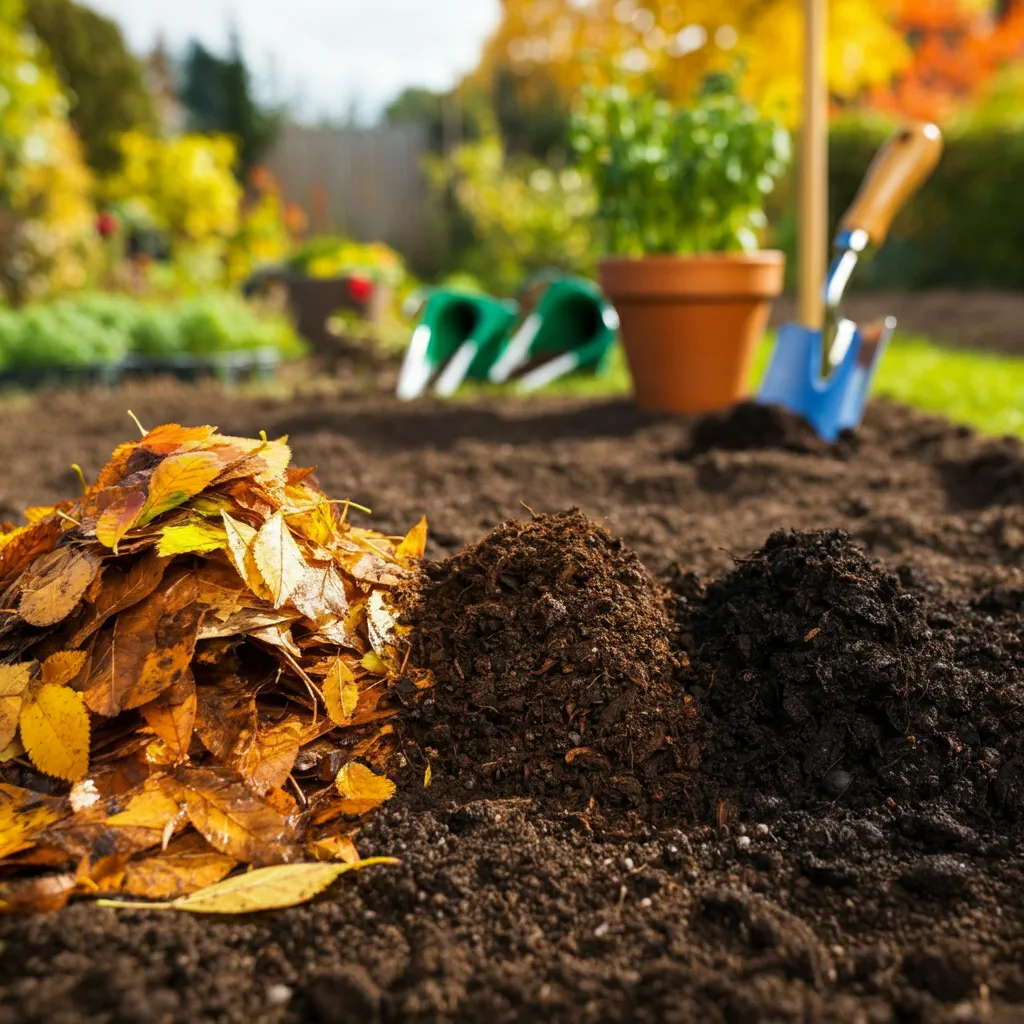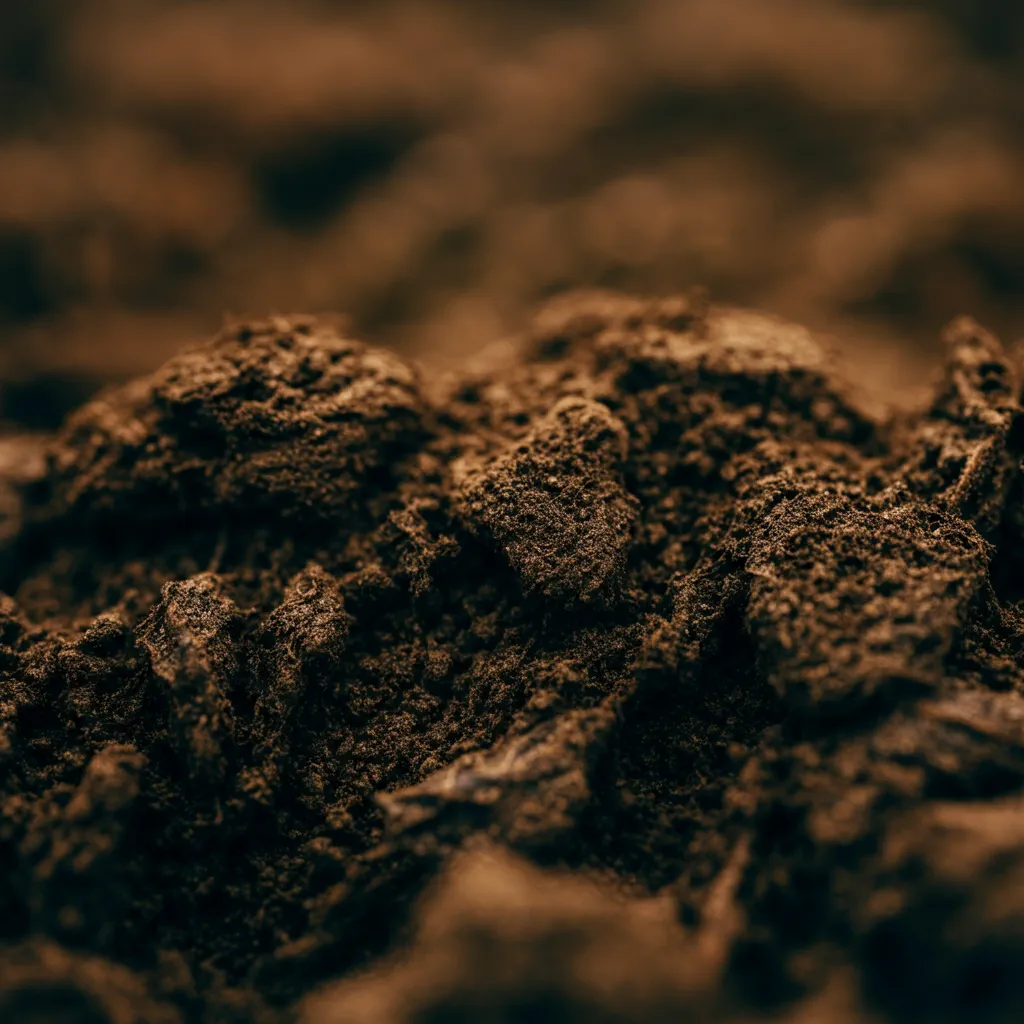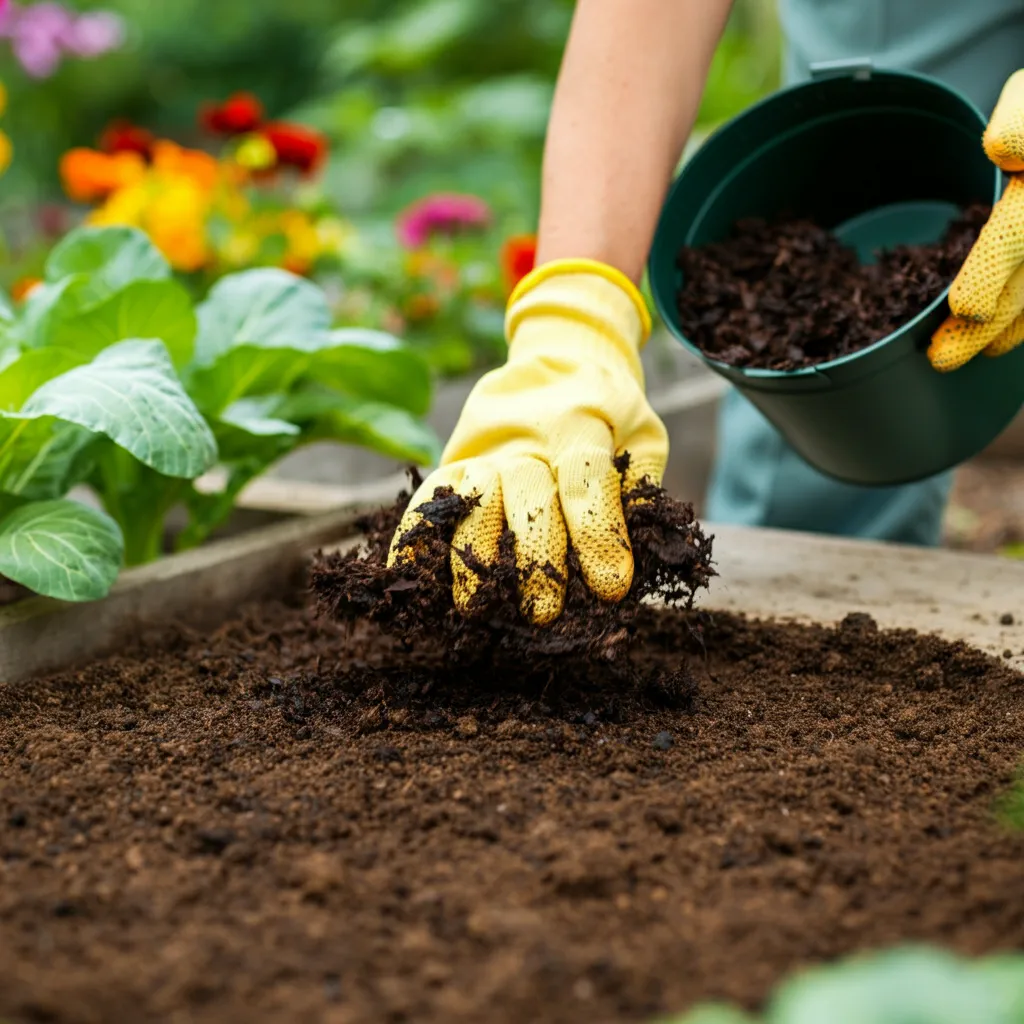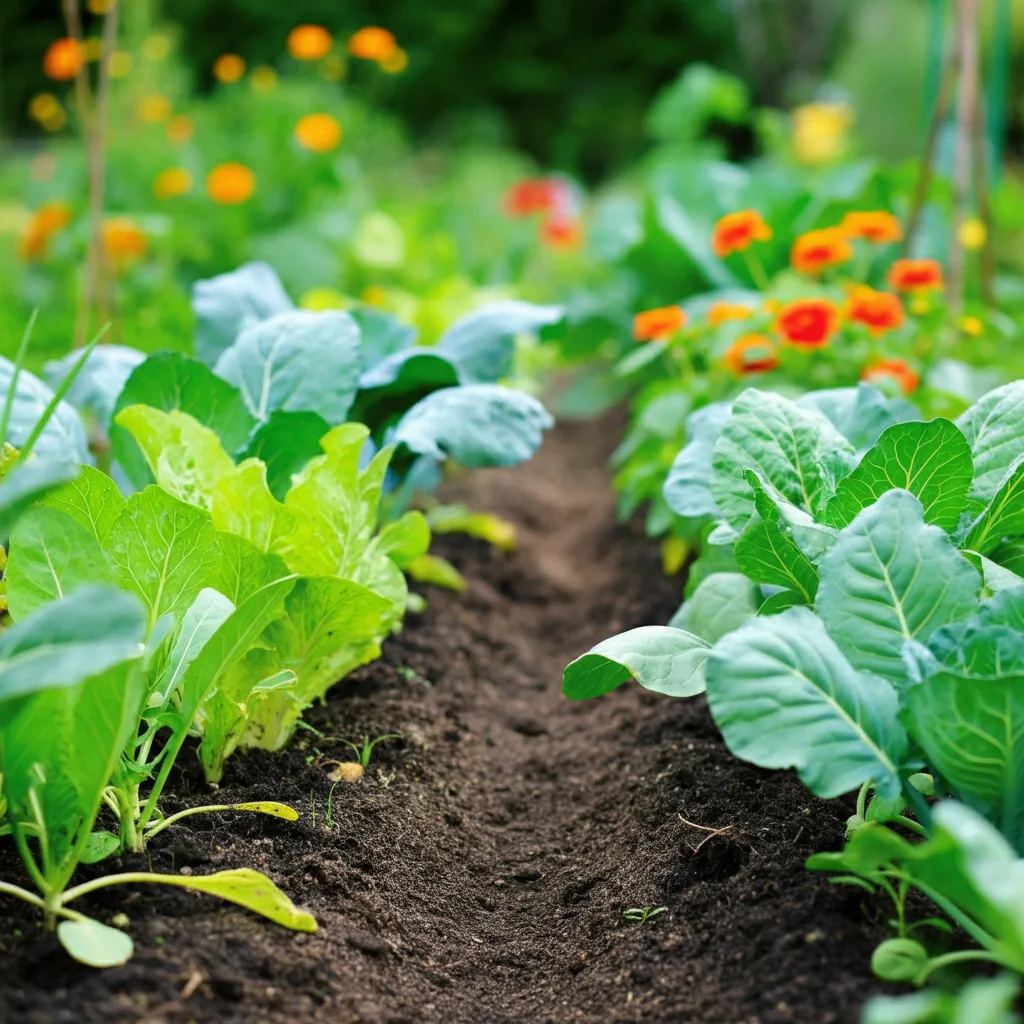Leaf Mould: Turn Autumn Leaves into 'Black Gold'
The air grows crisp, the light turns golden, and a vibrant blanket of red, yellow, and brown settles over our lawns and patios. Autumn in the UK is a truly beautiful season, but it brings with it an annual question for every gardener: what should be done with all those fallen leaves? Instead of seeing them as a chore to be raked and discarded, view them as a golden opportunity.
You can transform this yearly abundance into leaf mould, a gardener's "black gold." This fantastic, free soil conditioner is one of the best things you can give back to your garden. It’s nature’s own recycling system, and creating it is simpler than you might think.
This guide will explain exactly what leaf mould is and why it's so brilliant for the varied soils across the UK. You’ll get a simple, step-by-step guide on how to start composting leaves this weekend, turning a seasonal task into a reward that will benefit your garden for years to come.
What is Leaf Mould and Why is it So Brilliant?
So, what exactly sets leaf mould apart from your regular garden compost? While both are forms of decomposed organic matter, the process is quite different. Leaf mould is the result of leaves slowly decaying on their own, a process driven primarily by fungi rather than the bacteria that power a hot compost heap. The end result is a dark, crumbly, and sweet-smelling material that works wonders in the garden.
For UK gardeners, the benefits are immense:
- Improves Soil Structure: It has a near-magical effect on difficult soils. It helps to break up and lighten heavy clay soils, making them easier to work, while adding body to sandy soils, helping them to retain both water and nutrients.
- Boosts Water Retention: Leaf mould acts like a sponge. It can hold up to 500 times its own weight in water, which means you'll need to water your plants less frequently, even during those surprisingly dry British summers.
- Provides a Home for Wildlife: By adding it to your soil, you create a thriving habitat for the unsung heroes of the garden. Earthworms, beneficial bacteria, and other microscopic life will flourish, contributing to a healthy soil ecosystem.
- It’s Free and Sustainable: Making leaf mould is the perfect way to recycle your garden waste. You reduce your carbon footprint by not sending leaves to landfill and create a superior soil conditioner without spending a penny.
Getting Started: Your Simple Leaf Mould Toolkit
You don't need expensive equipment to get started. The beauty of making leaf mould is its simplicity. Here’s a list of the essentials:
- A garden rake or a leaf blower for gathering.
- A wheelbarrow or garden sacks to transport the leaves.
- A container. This can be as simple as a few strong bin bags or a homemade wire-mesh cage. There's no need for anything fancy.
Step-by-Step Guide: How to Make Leaf Mould
Ready to create your own black gold? Follow these simple steps.
Step 1: Gather Your Leaves
The best time to collect leaves is throughout autumn as they fall. Most deciduous leaves are excellent, but some are better than others. Oak, beech, and hornbeam leaves break down easily and make wonderful mould. Tougher, waxy leaves (like sycamore) and evergreen leaves like holly or pine needles will take much longer to decompose, so it's best to add them to your regular compost heap in small quantities or shred them thoroughly first.
Top Tip: To dramatically speed up the composting leaves process, shred them before adding them to your pile. The easiest way to do this is by running a lawnmower over them a few times on the lawn.
Step 2: Choose Your Method - Bin Bag or Leaf Heap?
Your available space will likely determine which method you choose.
The Bin Bag Method (Ideal for small gardens)
If you have a small garden or only a modest amount of leaves, this method is perfect.
- Pack the leaves into a sturdy black bin bag.
- If the leaves are very dry, moisten them with a splash of water. They should feel damp, not sopping wet.
- Poke a few holes in the sides of the bag with a garden fork to allow for aeration.
- Tie the top of the bag loosely and store it in a shady, out-of-the-way corner of your garden.
The Leaf Heap/Cage Method (For larger quantities)
If you're blessed with several trees and a larger garden, building a dedicated container is the best approach.
- Create a simple container by knocking four wooden posts into the ground to form a square (about 1m x 1m) and wrapping chicken wire around them to form a cage.
- Pile the leaves into the container. As you build the heap, water each layer if the leaves are dry.
- Once full, you can cover the top with a piece of old carpet or a tarpaulin. This helps to retain moisture and warmth, aiding the decomposition process.
Step 3: The Waiting Game - Patience is a Virtue!
Making leaf mould is a slow, natural process. You just need to let the fungi do their work.
- After 1 Year: You will have a partially decomposed mould. It will be dark and flaky, perfect for use as a moisture-retaining mulch on your beds.
- After 2+ Years: Your patience will be rewarded with the final product: a fine, dark, and crumbly leaf mould that is ready for a variety of uses.
During long dry spells in summer, it's a good idea to check on your heap or bags. If they feel dry, give them a good watering to keep the process ticking along.
How to Use Your Wonderful Leaf Mould
Once your leaf mould is ready, you have one of the best soil conditioners at your disposal. Here are a few ways to use it:
- As a Mulch: Spread a thick layer (5-8 cm) around shrubs, trees, vegetables, and perennial plants. This will help to suppress weeds, retain soil moisture, and keep roots cool in summer.
- As a Soil Improver: Before planting, dig a generous amount into your beds and borders. This will improve the soil's structure, aeration, and water-holding capacity, giving your plants the best possible start.
- In Potting Mixes: For a fantastic homemade potting mix, combine two parts leaf mould, two parts garden compost, and one part sharp sand. This creates a brilliant, nutrient-rich medium for sowing seeds or potting on young plants.
Reap Your Autumn Rewards
Making leaf mould is one of the most satisfying jobs in the gardening calendar. It’s an easy, free, and incredibly effective way to improve your garden's health. By composting leaves, you are participating in a simple act of recycling that gives back to your soil in a huge way.
Don't let those beautiful autumn leaves go to waste. Start your leaf mould pile this weekend and your garden will thank you for years to come. We’d love to hear about your leaf mould successes in the comments below!
















Community Feedback